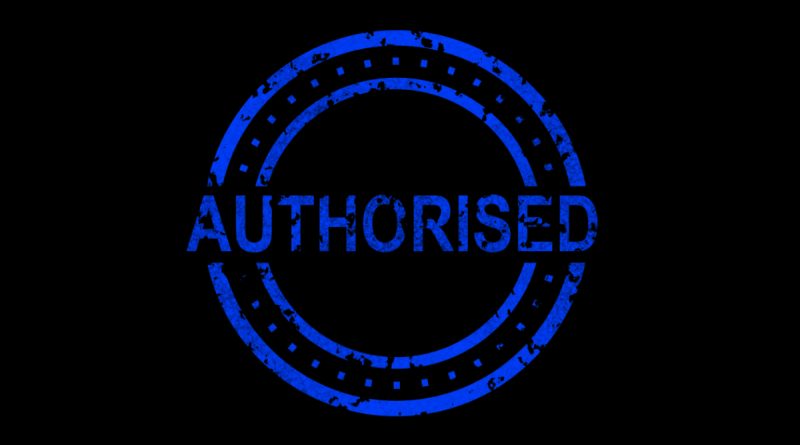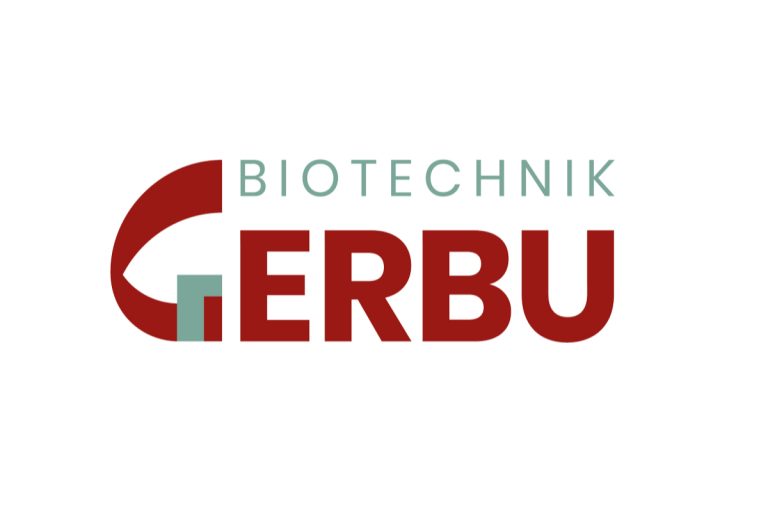EC Approves Sanofi and Regeneron’s Dupixent® for Eosinophilic Esophagitis
The European Commission has authorised Sanofi and Regeneron’s Dupixent® (dupilumab) as the first and only therapeutic therapy for eosinophilic esophagitis.
The medicine now provides a breakthrough therapeutic alternative for the roughly 50,000 adults and adolescents in the European Union (EU) who have severe, uncontrolled eosinophilic esophagitis. Dupixent has been licensed to treat five conditions with type 2 inflammation as their underlying cause.
In the pivotal study, individuals treated with Dupixent 300 mg once a week had big progress in their capacity to swallow compared to placebo, with almost 60% of patients aged 12 and older experiencing histological disease remission.
Dupixent becomes the first and only targeted medication with a clear indication for treating EoE in the EU and US
New York’s Tarrytown and Paris. Jan 30, 2023 – The European Commission (EC) has extended the scope of the marketing approval for Dupixent® (dupilumab) in the European Union (EU) to treat eosinophilic esophagitis (EoE) in adults and adolescents 12 years of age and older who weigh at least 40 kg, who cannot tolerate the available standard therapy, in any manner or who are not suitable for it
EoE is a chronic, inflammatory condition that worsens with time and impairs the esophagus’ ability to function.
With this endorsement, Dupixent became the first and only targeted medication with a clear indication for treating EoE in Europe and the United States.
Naimish Patel, M.D., Head of Global Development, Immunology and Inflammation at Sanofi stated:
“The impact of EoE on a patient’s daily life cannot be overstated – the narrowing and scarring of the esophagus can make something as simple as eating a painful and distressing experience, and may lead to choking and food impaction. With this latest approval for Dupixent, adults and adolescents in the EU suffering from the chronic and often debilitating symptoms of EoE now have the first and only targeted treatment option clinically proven to reduce both esophageal inflammation and damage, as well as improve swallowing ability, pain and health-related quality of life.”
George D. Yancopoulos, M.D., Ph.D., President and Chief Scientific Officer at Regeneron stated:
“This latest approval establishes Dupixent as the only targeted medicine specifically indicated for eosinophilic esophagitis in the European Union. Dupixent is also the only biologic shown in pivotal trials to help patients achieve histological remission, reduce difficulty swallowing and improve health-related quality of life – all of which are crucial to reducing the burden of this debilitating disease. Since its first approval, Dupixent has redefined the treatment of certain chronic diseases with underlying type 2 inflammation and is now indicated for five conditions in the European Union. We remain committed to investigating Dupixent’s potential in additional diseases in which IL-4 and IL-13 may play a key role.”
The EC’s conclusion has been based on the 52-week study data gathered from the Phase 3 trial consisting of three parts (Part A, B and C). Part A and Part B studied Dupixent 300 mg weekly (Part A n=42; Part B n=80) compared to placebo (Part A n=39; Part B n=79) for 24 weeks. Part C (n=188) monitored individuals who were kept on or switched to Dupixent from Parts A and B for an additional 28 weeks.
Parts A and B individuals on Dupixent reported the following side effects:
Co-primary endpoints of histological disease remission showed an approximately 10-fold increase (60% and 59%) in comparison to placebo (5% and 6%).
A 69% and 64% decrease in illness symptoms against a 32% and 41% decrease with a placebo. The Dysphagia Symptom Questionnaire (DSQ), a co-primary goal, was used to assess disease symptoms. For Dupixent patients, there was a 21.9 and 23.8 point clinically relevant improvement compared to a 9.6 and 13.9 point improvement for placebo. As early as four weeks, swallowing improvement was shown.
The Dysphagia Symptom Questionnaire (DSQ), was used to assess disease symptoms. For Dupixent patients, there was a clinically significant improvement of 21.9 and 23.8 points, compared to a placebo improvement of 9.6 and 13.9 points. a co-primary endpoint, improvement in swallowing was seen as early as four weeks.
When compared to placebo, it demonstrated a reduction of abnormal endoscopic findings from baseline of more than seven times (-3.2 and -4.5 points) (-0.3 and -0.6 points), as well as significant improvement in health-related quality of life, reduction of pain associated with swallowing, and a decrease in the frequency of non-swallowing symptoms.
Patients who were unmanaged, unresponsive to, or ineligible for oral corticosteroids experienced histological disease remission, improvements in swallowing, and a decrease in negative endoscopic findings. Part C’s longer-term effectiveness was comparable to what was shown in Parts A and B.
The trial’s safety findings were largely in line with Dupixent’s well-known safety profile when used for the conditions for which it has been licensed. Across all indications, the most frequent adverse responses include injection site reactions, conjunctivitis, allergic conjunctivitis, arthralgia, oral herpes, and eosinophilia.
Infections were among the adverse events that were more frequently seen in EoE patients receiving Dupixent (n=122) compared to placebo (n=117) (32% vs. 25%). In the EoE trial, bruising at the injection site was also observed as a negative side effect. In general, the safety profile seen through 52 weeks matched the safety profile seen through 24 weeks.
About Eosinophilic Esophagitis
EoE is a chronic, progressive inflammatory disease that damages the esophagus and prevents it from working properly. The results seen with Dupixent in adults and adolescents with EoE demonstrate that interleukin-4 (IL-4) and interleukin-13 (IL-13) are key and central drivers of the type 2 inflammation underlying this disease. For people with EoE, swallowing even small amounts of food can be a painful and worrisome choking experience. They are often left to contend with the frustration and anxiety of a constantly evolving list of foods to avoid, a poor quality of life and a higher risk of depression. In cases where EoE causes the esophagus to narrow, forced and potentially painful dilation (physical expansion) of the esophagus may be needed. In severe cases, a feeding tube may be the only option to ensure proper caloric intake and adequate nutrition. In the EU, about 50,000 adults and adolescents live with severe uncontrolled EoE.
About the Dupixent Eosinophilic Esophagitis Trial
The three-part Phase 3 randomized, double-blind, placebo-controlled trial evaluated the efficacy and safety of Dupixent in patients aged 12 years and older with EoE. All patients had previously not responded to proton pump inhibitors, and, across Parts A and B, 74% of patients were previously treated with swallowed topical corticosteroids.
At 24 weeks, the co-primary endpoints in Parts A and B assessed patient-reported measures of difficulty swallowing (change from baseline in the DSQ on a 0-84 scale) and esophageal inflammation (proportion of patients achieving histological disease remission, defined as peak esophageal intraepithelial eosinophil count of ≤6 eos/hpf).
Additional endpoints included abnormal endoscopic findings (EoE Endoscopic Reference Score [EoE-EREFS] on a 0-18 scale), swallowing-related pain (DSQ pain score), health-related quality of life (EoE Impact Questionnaire [EoE-IQ]) and frequency of other non-dysphagia symptoms (EoE Symptom Questionnaire [EoE-SQ]).
About Dupixent
Dupixent is a medication that is injected subcutaneously (at several injection sites). Dupixent is given at a dose of 300 mg once a week to adults and adolescents with EoE in the EU. The 300 mg dosage is offered in both a pre-filled pen and syringe form. After receiving training from a healthcare expert, patients can self-administer dupixent at a clinic or at home. Dupixent is meant to be used upon the instruction of a healthcare professional.
Dupixent is a completely human monoclonal antibody that does not suppress the immune system but instead blocks the signaling of the interleukin-4 (IL-4) and interleukin-13 (IL-13) pathways. Phase 3 trials of the Dupixent development program have confirmed a significant clinical benefit and a reduction in type 2 inflammation, demonstrating that IL-4 and IL-13 are important and central drivers of the type 2 inflammation that is a significant contributor to a number of connected and frequently comorbid diseases. These conditions include the atopic dermatitis, asthma, chronic rhinosinusitis with nasal polyposis (CRSwNP), prurigo nodularis, and EoE that are authorized indications for Dupixent.
Dupixent has obtained regulatory clearance in one or more nations for treatment in a subset of individuals suffering from atopic dermatitis, asthma, CRSwNP, EoE, or prurigo nodularis in populations of various ages. Currently, more than 60 nations, including those in Europe, the United States, and Japan, have authorized Dupixent for one or more of these indications. Around the world, Dupixent has been used to treat more than 500,000 patients.
Dupilumab Development Program
According to a worldwide partnership agreement, Sanofi and Regeneron are collaborating on the development of Dupilumab. More than 60 clinical trials involving 10,000 individuals with a variety of chronic conditions, triggered in part by type 2 inflammation, have studied Dupilumab. Sanofi and Regeneron are evaluating dupilumab in Phase 3 trials for a variety of conditions, in addition to those that are currently approved, including pediatric EoE, hand and foot atopic dermatitis, chronic inducible urticaria-cold, chronic spontaneous urticaria, chronic pruritus of unknown origin, chronic obstructive pulmonary disease with evidence of type 2 inflammation, chronic rhinosinusitis without nasal polyposis, allergic fungal rhinosinusitis, allergic bronchopulmonary aspergillosis and bullous pemphigoid.
The safety and effectiveness of dupilumab in these diseases have not been fully assessed by any regulatory body, and these prospective applications of the drug are now the subject of clinical research.
Original Source: Sanofi, Paris and Tarrytown, N.Y. Jan 30, 2023 Press Release
Recommended Companies
More Headlines








